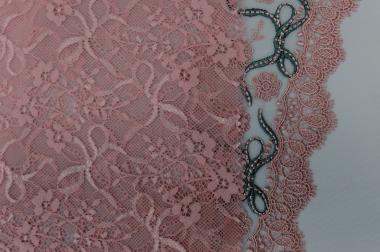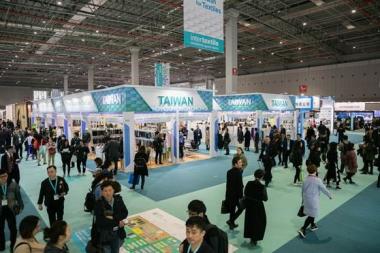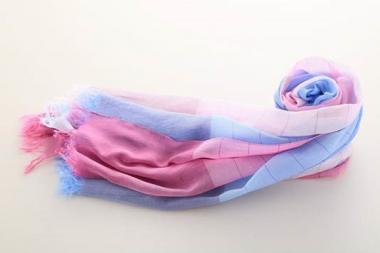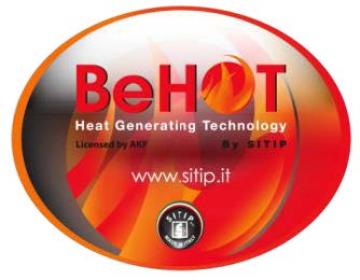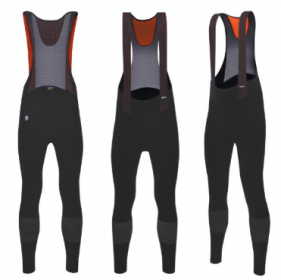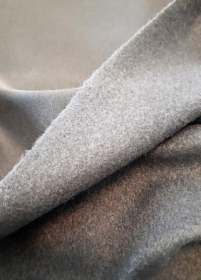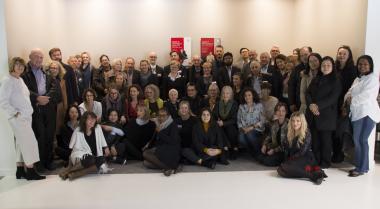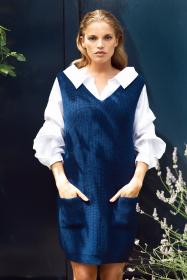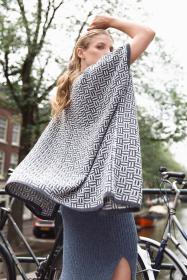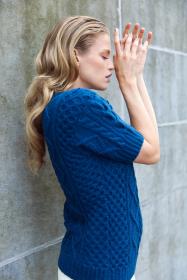Bally Completes its Executive Team
Bally, the historic Swiss luxury brand is pleased to announce the appointment of two key figures to its executive team, completing the process of strategic redevelopment begun last year with the transfer of the Creative, Merchandising and Marketing offices from London to its new showroom in Milan.
Effective immediately, Eva Quirrenbach joins Bally as Chief Marketing Officer following a term in New York as Vice President of Global Brand Marketing at Tory Burch, having previously occupied strategic roles within the Tod’s Group in both Italy and the United States. Eva is a recognised expert in all aspects of international branding and marketing within the luxury sector, and with her proven understanding of consumer behaviour, she played an integral role in the development and acceleration of the digital footprint and in supporting global brand development at Tory Burch.
“Eva is an excellent addition to the Bally team. The combination of a consolidated experience and understanding of luxury brands along with her background driving the strategic development of successful global projects make her the ideal leader to drive Bally's commitment to unified commerce on a global level".
Frédéric De Narp, Bally Group CEO
Bally has moved to a three-pronged regional strategy and as such is also pleased to announce the promotion of Silvia Onofri to a new role as CEO for the EMEA region, in addition to her current role as Vice President of Global Wholesale. During her time in Bally, Silvia has obtained outstanding results entering top tier multi-brand doors around the world and increasing Bally's footprint in Travel Retail to make the brand a global leader in the field.
Silvia has extensive experience in the global fashion and luxury industry, having first joined the Bally team 10 years ago, following key marketing roles in Bulgari.
“Silvia has the unique benefit of intimately understanding the Bally brand and it’s DNA, and having proven experience in forging new relationships with the world’s leading retailers and their customers. With this invaluable expertise in hand, I am confident that she will infuse the EMEA Retail division with enthusiasm, professionalism and unique market insights to take Bally to the next level in these crucial markets” -
Frédéric De Narp.
The arrival of Eva Quirrenbach and the promotion of Silvia Onofri are part of Bally Group CEO Frédéric de Narp’s ongoing strategic vision to infuse Bally’s prestigious brand identity with heightened dynamism, appeal and allure.
Both roles report directly to Bally’s Group CEO, Frederic de Narp.
Bally
NETWORK PUBLIC RELATIONS GMBH








